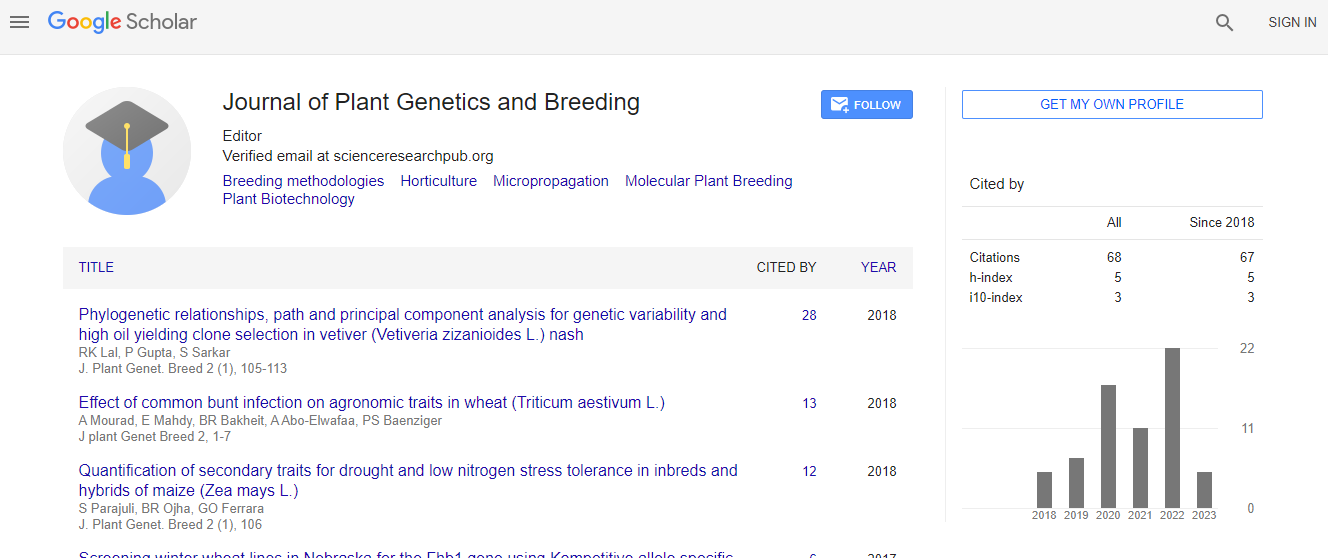Uncovering history of angiosperm lineages using bioinformatics improves our understanding to the underlying mechanism in evolution
*Corresponding Author:
Copyright: © 2020 . This is an open-access article distributed under the terms of the Creative Commons Attribution License, which permits unrestricted use, distribution, and reproduction in any medium, provided the original author and source are credited.
Abstract
The advances of sequencing techniques greatly promote large amounts of datasets generated around the world and make the bioinformatic approaches getting vital in the genomic era. Comprehensive comparative studies give us the opportunity to understand the basic mechanisms universal to most of the species but not just focused on some model species, and still allow us to identify the specified machinery in some particular organisms. A phylogeny is as a fundamental backbone required by almost all other researches to interpret their result correctly and make robust assumptions and hypotheses. Considering the importance of a robust phylogeny, we focus on resolving the relationships of angiosperm lineages, aiming to construct a framework for comparative studies in plants. We generated large numbers of transcriptomic datasets across plant families, and used nuclear genes as phylogenetic markers via a series of selection processes in order to eliminate the potential erroneous signals brought by some sequences. We used hundreds of low-copy or single-copy nuclear genes to reconstruct the phylogeny of Asteraceae, Rosaceae, Brassicaceae and other plant families. In our studies, we provide solid phylogenies of these families not only for the backbone but also some derived nodes, by using several approaches for a confirmative conclusion. The evolutionary history of morphologies can then be estimated (such as the evolution of fruit types), as well as the occurrences of gene/genome duplications. Cases of repeated/nested whole-genome duplications are found in some families, while many of them being located along the backbone nodes of that family. For morphological characters, parallel evolution was observed for some characters, while some others were not as flexible, which might indicate different roles or mechanisms for these characters.

 Spanish
Spanish  Chinese
Chinese  Russian
Russian  German
German  French
French  Japanese
Japanese  Portuguese
Portuguese  Hindi
Hindi 